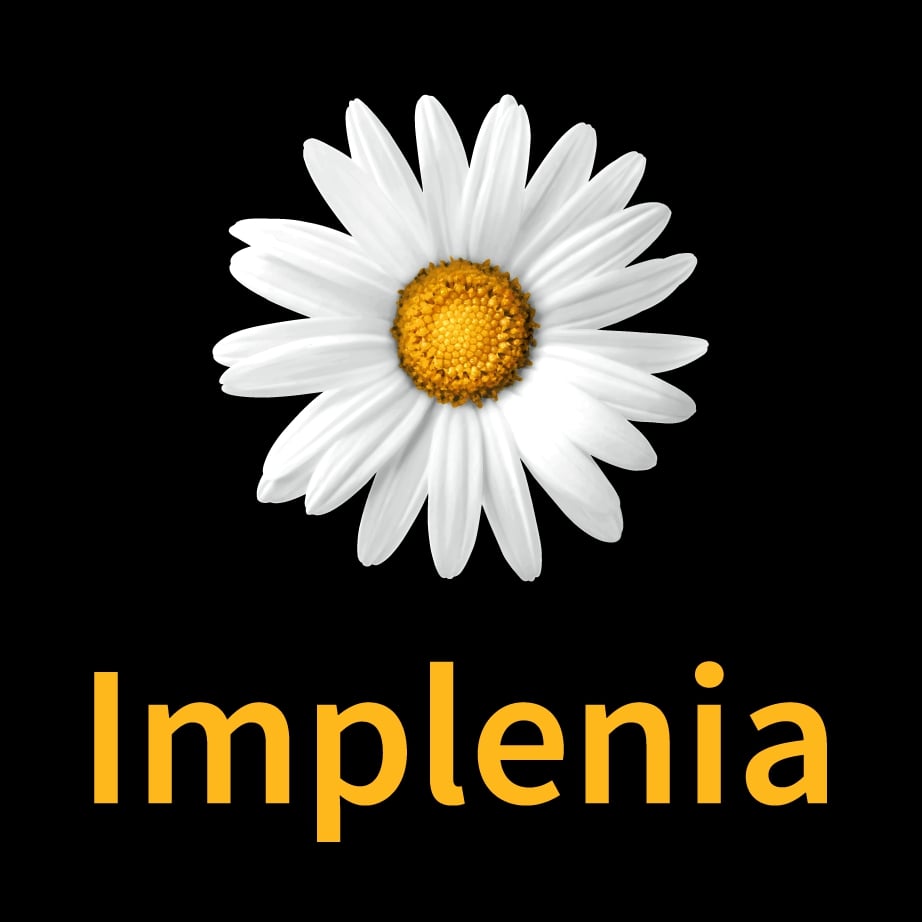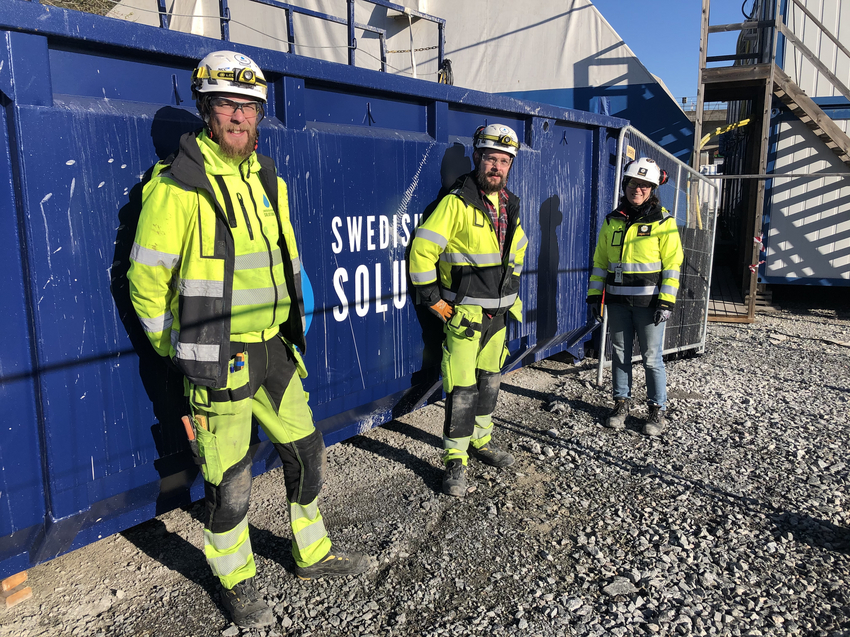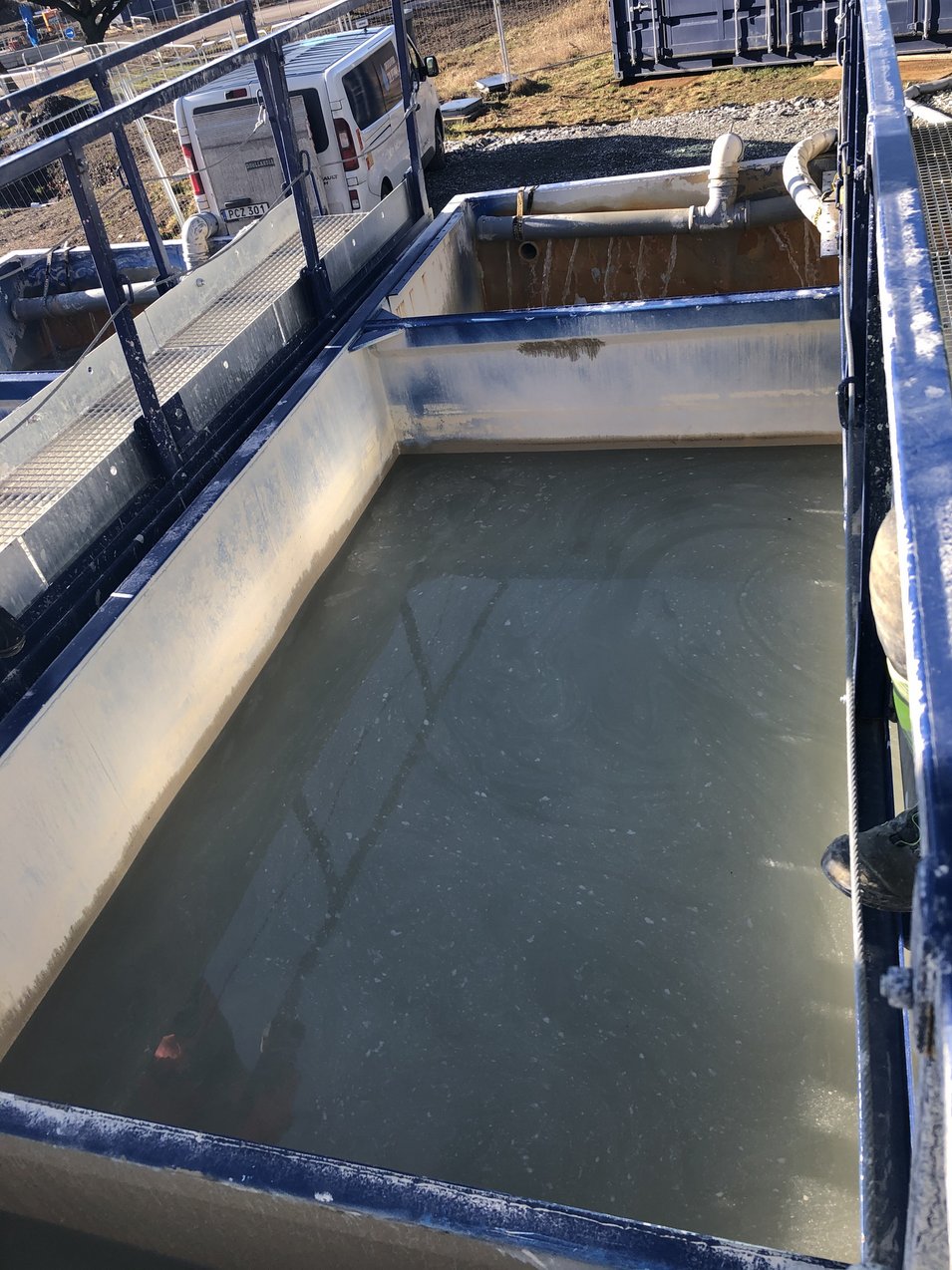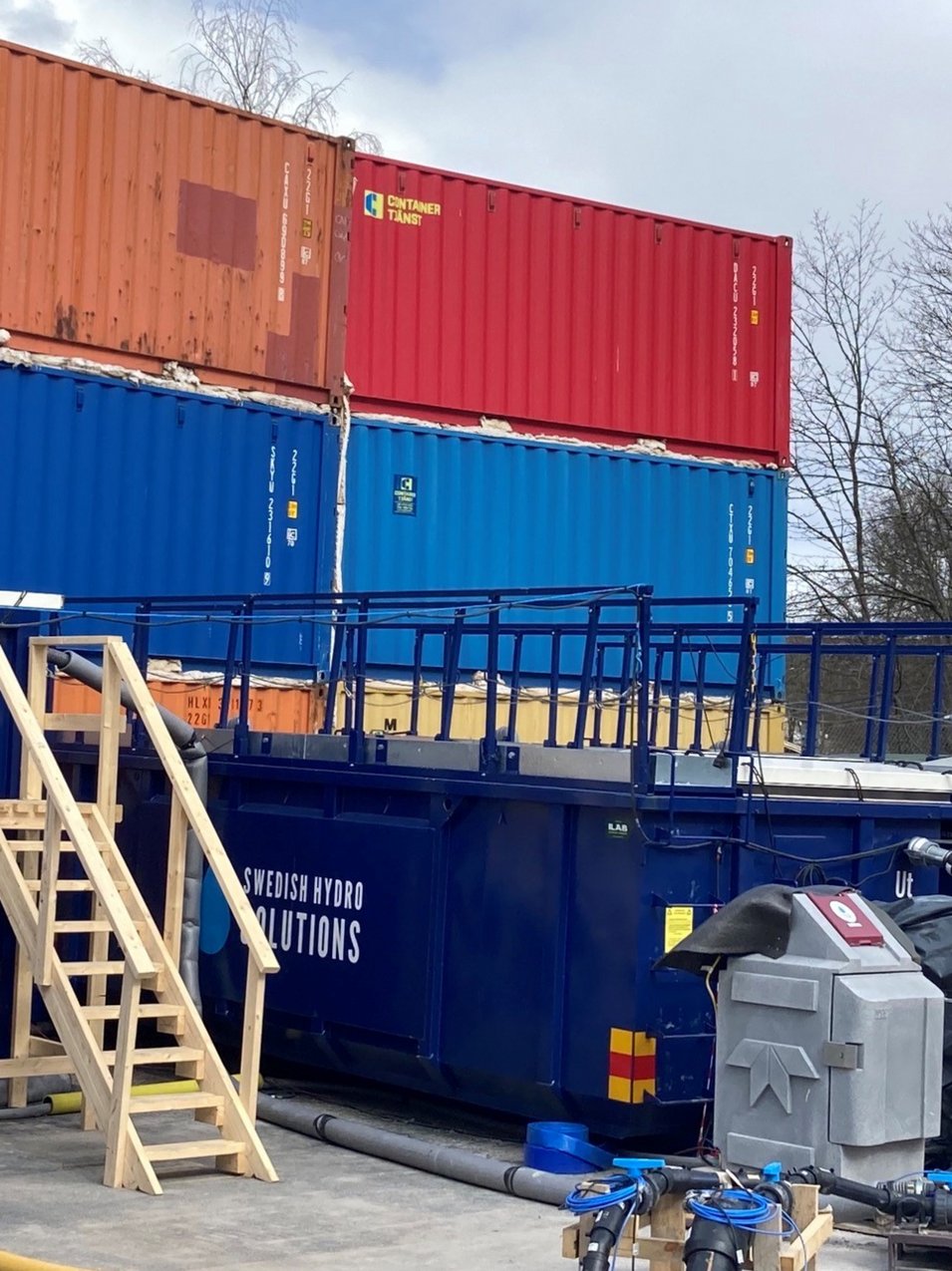Crustacean purification
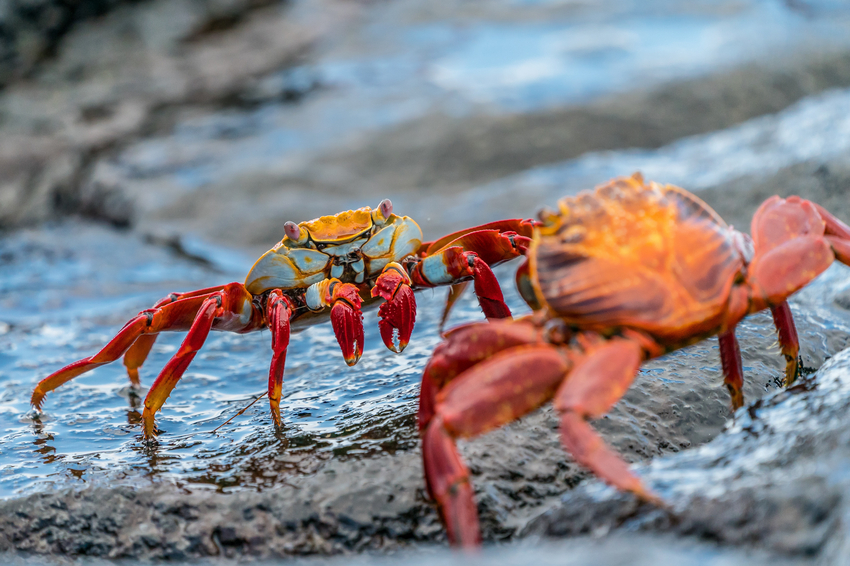
Chromium is a metal that can be extremely toxic when it appears in the chemical form known as chromate. The natural raw materials used to make cement contain various harmless chromium compounds, but when concrete is made or laid, these compounds can be turned into soluble chromate and enter the water cycle of a construction site.
The Stockholm Water Authority tightened up its guidelines for process water last year, including the maximum limit for chromate. The standard technologies that the construction industry uses to treat water are not effective enough to meet these higher standards, so Implenia Sweden looked for a new method.
One of Implenia’s customers, the Swedish Transport Administration, suggested enhancing conventional water treatment systems by adding a new cleaning stage based on chitosan. Chitosan is a substance that causes material floating freely in water to accumulate into lumps. When bound together in this way, soluble substances such as chromate can be filtered out.
Chitosan can be obtained from chitin, the main component of the outer skeleton of insects, crabs and seashells. Hundreds of tons of chitin are produced worldwide as a by-product of fish processing and aquaculture. It is relatively easy to make chitosan from this waste, so it makes sense to use it.
“We’re currently using chitosan in three projects,” says Therese Rönnkvist-Mickelson of Implenia Sweden. These have shown that it is very effective, especially when cleaning up metals. “Thanks to this innovative method, we can meet all the requirements,” says the Sustainability Manager. The results are impressive and her team is already planning to use the method in other projects.
